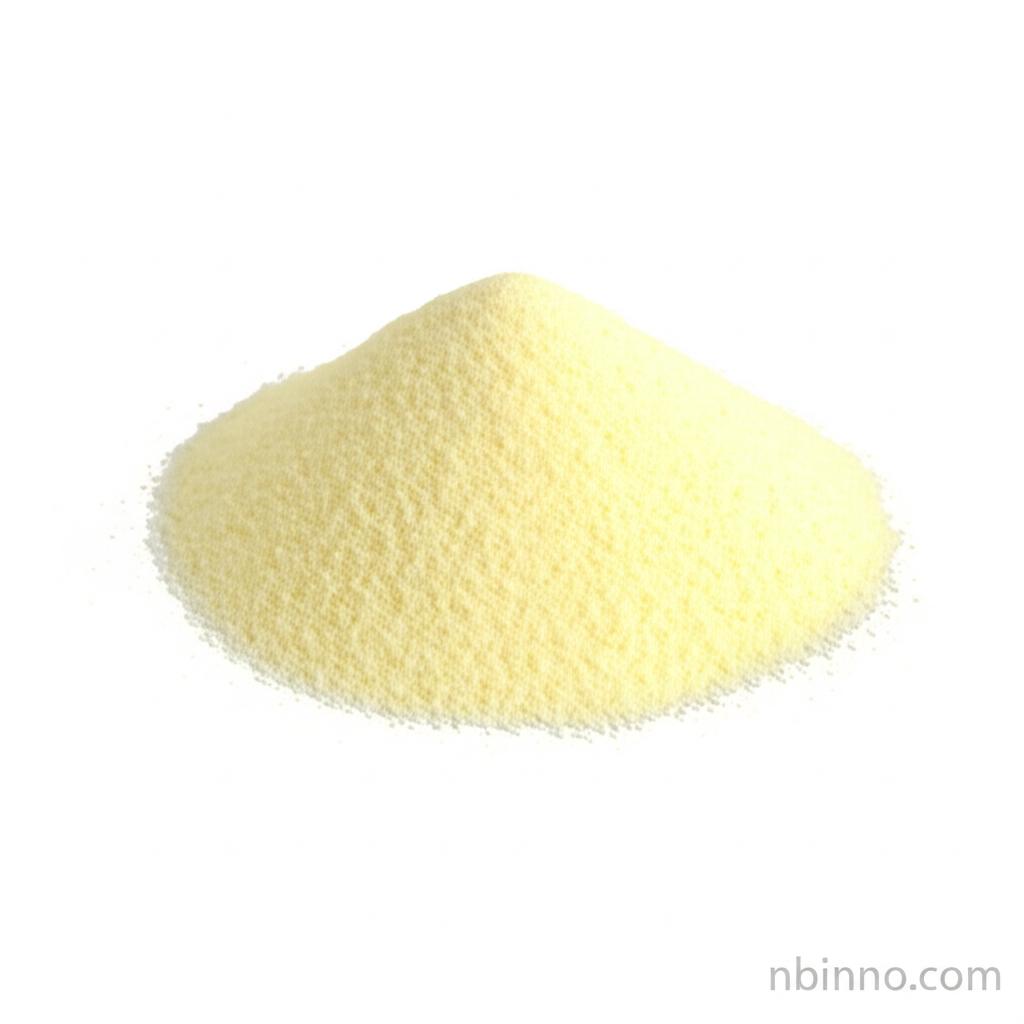2-Amino-5-iodopyridine: A Cornerstone in Pharmaceutical Synthesis and Organic Chemistry
Discover the pivotal role of this versatile intermediate in creating next-generation therapeutics and advanced materials.
Get a Quote & SampleProduct Core Value

2-Amino-5-iodopyridine
2-Amino-5-iodopyridine (CAS 20511-12-0) is a vital chemical compound recognized for its significant contributions to pharmaceutical research and complex organic synthesis. Its strategic structure, featuring an amino group and an iodine atom on a pyridine ring, makes it an indispensable intermediate for synthesizing a wide array of bioactive molecules.
- Explore the capabilities of 2-Amino-5-iodopyridine in advancing drug discovery, particularly its role as an intermediate in the synthesis of novel anticancer agents.
- Leverage 2-Amino-5-iodopyridine for efficient organic synthesis, enabling chemists to construct intricate molecular structures with enhanced versatility.
- Investigate the use of CAS 20511-12-0 as a biochemical research probe, crucial for understanding complex biological pathways and developing targeted therapies.
- Unlock innovations in material science by utilizing this compound as a building block for advanced polymers and functional materials.
Key Advantages of 2-Amino-5-iodopyridine
Enhanced Synthetic Efficiency
The unique reactivity of 2-Amino-5-iodopyridine in substitution and coupling reactions streamlines synthetic pathways, leading to higher yields and purity in drug development.
Therapeutic Potential
Its application as a precursor for antiviral and anticancer agents highlights its significant role in developing life-saving treatments and addressing critical health challenges.
Versatile Chemical Building Block
As a crucial intermediate in organic synthesis, 2-Amino-5-iodopyridine empowers the creation of complex molecules for diverse applications, from pharmaceuticals to advanced materials.
Key Applications
Pharmaceutical Development
Serve as a key intermediate in the synthesis of various pharmaceuticals, particularly those targeting neurological disorders, due to its ability to interact with specific receptors in the brain, supporting targeted therapy precursors research.
Organic Synthesis
Employ in the creation of complex organic molecules, allowing chemists to build intricate structures that can lead to new materials or drugs, enhancing the versatility of synthetic pathways for advanced organic chemistry building blocks.
Biochemical Research
Researchers use this compound to study biochemical pathways and mechanisms, especially in the development of targeted therapies, as it can act as a probe in biological systems, furthering biochemical probes and reagents studies.
Material Science
The compound is used in the development of novel materials, such as polymers and coatings, which benefit from its unique chemical properties, leading to improved performance in various applications, contributing to material science innovation with heterocyclic compounds.
